Recovering coronavirus patient talks about ICU experience: 'I owe my life to a ventilator'
David Lat called his asthma an "Achilles heel" for the virus to exploit.
Upon waking up six days after being put on a ventilator due to the novel coronavirus, David Lat says his first conversation with his husband was about the books he’d asked for. He said he was unaware of the “hell” his family had gone through.
Lat, a former federal prosecutor and founder of the website Above The Law, says he returned home April 1 after spending 17 days at New York University’s Langone Health fighting the novel coronavirus, COVID-19. As hospitals across the country warn of shortages in these critical devices, Lat said he wouldn’t be alive without one.
“I owe my life to a ventilator,” said Lat, who has amassed a following on Twitter, where he has chronicled his COVID-19 journey. “I wouldn’t be here if I wasn’t able to be connected to that life-saving device.”
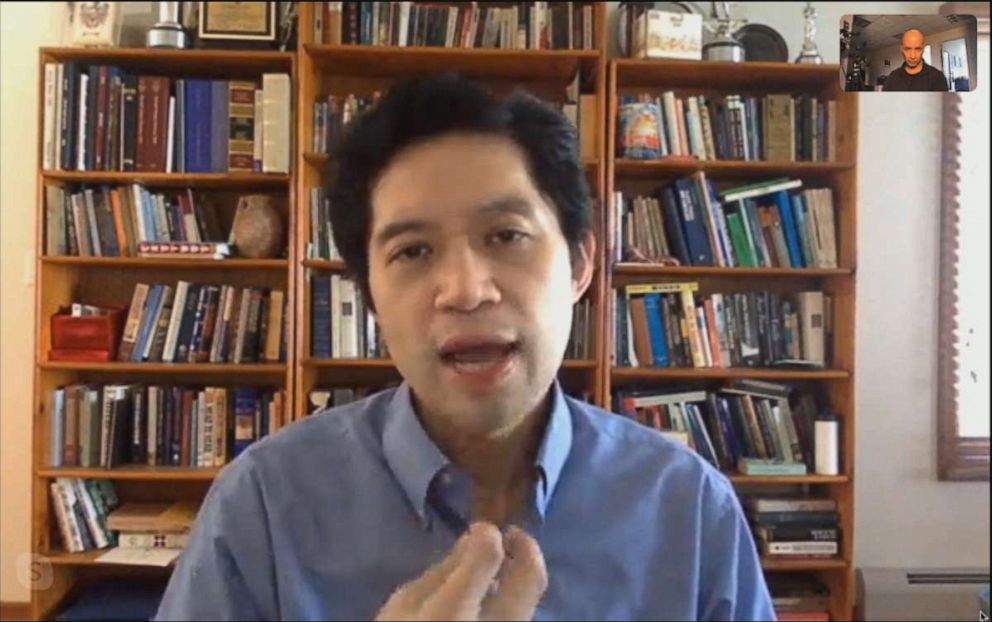
Lat first started feeling fatigued -- one of the symptoms of the virus -- in early March, when New York still had less than 55 cases. Over the next few days, he came down with a fever and chills, and began having difficulty breathing. He was admitted into the hospital on March 16, and four days later, he was placed on a ventilator.
“[My] oxygen levels dropped and I was told I would need to be intubated. I would need to be connected to a ventilator, which was terrifying because I had heard that not everybody who goes through intubation survives,” Lat said, referring to the process by which a tube that will connect to the ventilator is placed into a patient’s throat.
“When they were giving me anesthesia to put me to sleep so they could put a tube in my mouth that would enable me to breathe, I just remember thinking, ‘I might die.’ Sometimes in the abstract, you think, ‘If it’s my time, it’s my time.’ But when I was on that table … I just thought, ‘No, I don’t want to go.’”
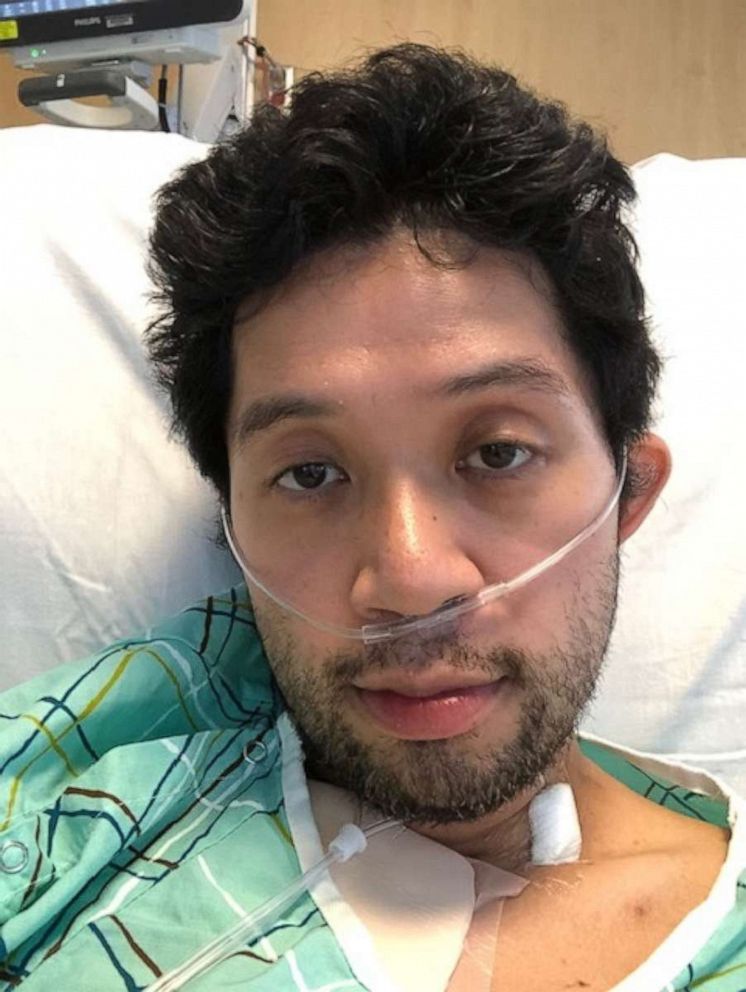
Lat said he prayed. Over the next few days, he knew his family and friends wouldn’t be able to visit him, including his husband, Zach Shemtob, and their 2-year-old son.
“They were just … waiting to hear from the hospital what my fate would be,” Lat said, noting all the milestones with his son that he could’ve missed had the infection taken a tragic turn.
Shemtob said he woke up early on the morning after his husband was intubated to a missed call from a number that he thought was likely the hospital.
“I immediately panicked. I figured something very bad happened,” he said.
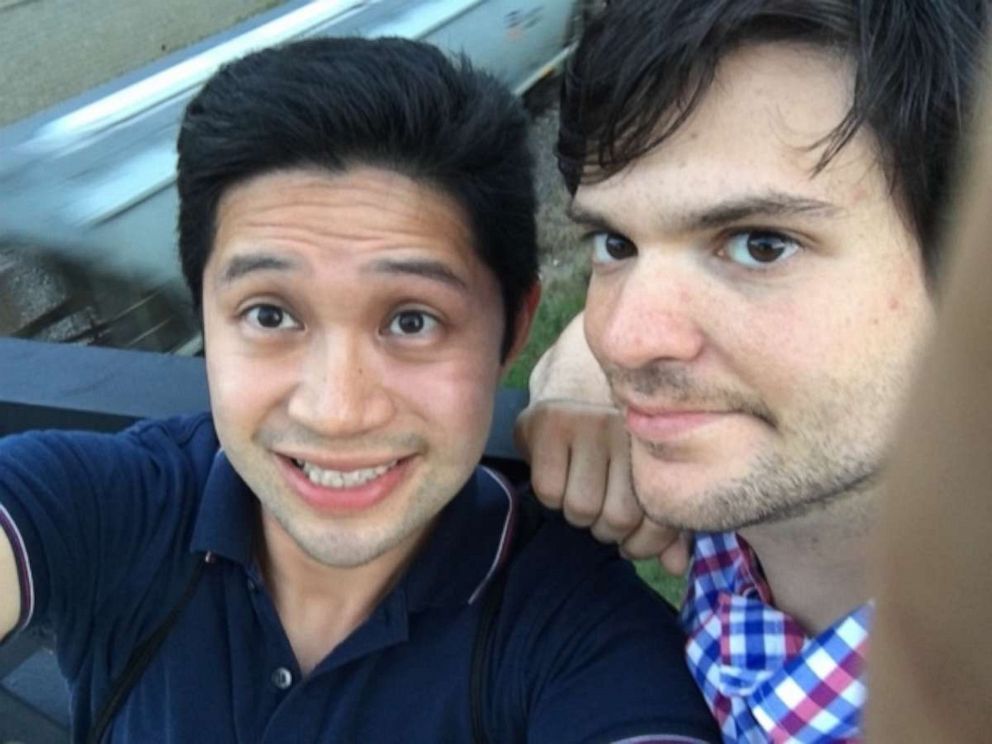
Shemtob wouldn’t learn what happened to his husband for another few hours. After he found out, he said he, too, was “terrified.”
“The sense I got early when David was on the ventilator, especially at the beginning, was that whether he would live or die was essentially a coin flip,” Shemtob said.
Over the next few days, Shemtob said he’d avoided the news to prevent adding on to the anxiety he was already having. He said every day he would receive a call from the hospital updating him on his husband’s health.
“All you’re thinking is my husband is on a ventilator struggling to survive and I have no idea whether he’s doing so or whether he’s getting better or worse or where it is at in the process,” Shemtob said, noting that “hope” got him through.
Ventilators “take over breathing for the patient as a supportive care as their body recovers,” according to Dr. Luke O’Donnell, an attending physician at NYU Langone who treated Lat.
He said that there are risks with the devices, though -- they can cause damage to the lungs if too much oxygen is being blown into them, and pneumonia if the lungs aren’t monitored and cleaned out.
Lat said that going on one, “emotionally, is a very complicated thing.”
Among the factors that go into weaning someone off a ventilator, one of the most important ones is seeing if they’re capable of breathing on their own, without the machine’s support, Dr. O’Donnell said. To do this, he said usually, once a day, doctors spontaneously “decrease the amount of support we’re giving, and [if] they’re breathing well and taking in on their own, then that’s suggestive that they’ll do well once we take them off.”
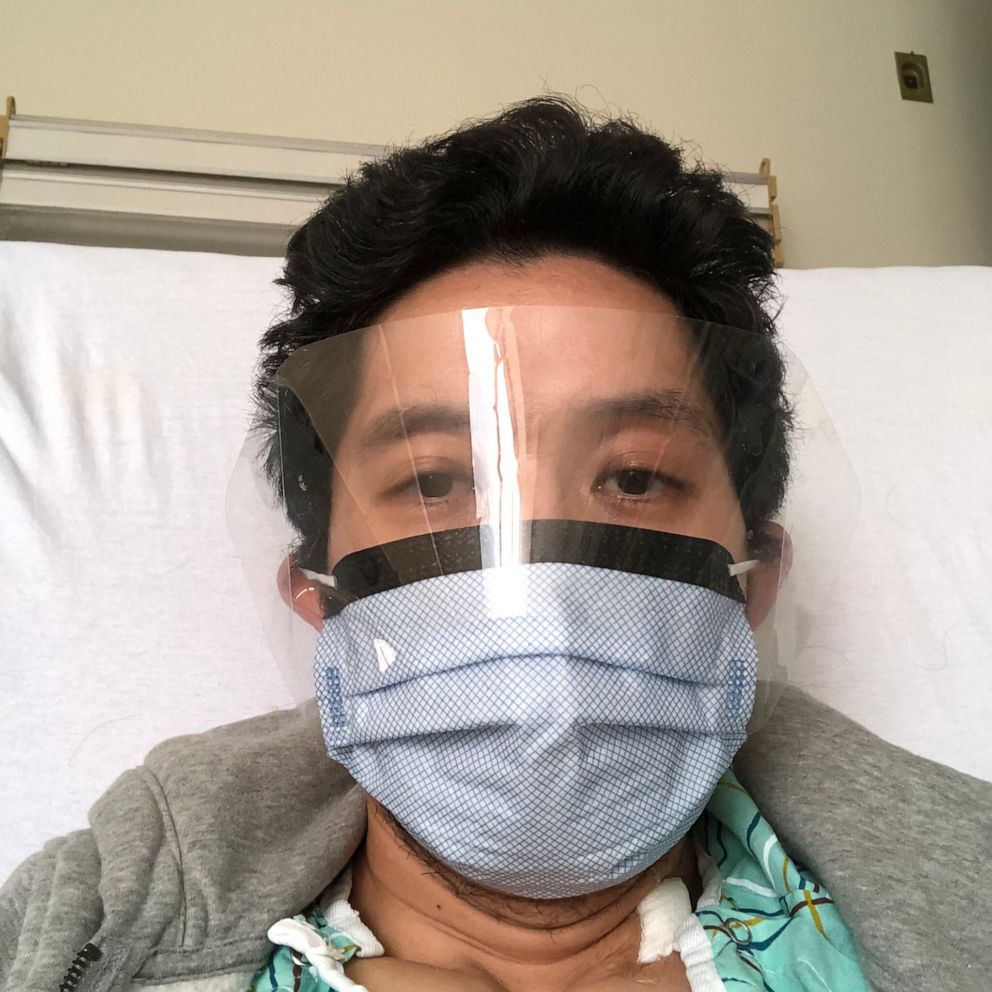
Lat spent six days on the ventilator and then another week in the hospital after coming off it. Since then, he says life has a “much greater value.”
“There’s so many things you take for granted. One thing that I was really touched by when I was in critical condition was just the outpouring of love and support from around the world. I had people praying for me, singing for me, sending good vibes my way -- supporting me and my family throughout this whole ordeal.”
Lat said he’s run two New York City marathons and that he was fairly healthy compared to who he heard early on would be the typical COVID-19 patients: elderly people and those with serious underlying health conditions. O’Donnell believed the same before a deluge of patients began coming into the hospital.
“I think when [David] came in, we were learning a lot about COVID,” said O’Donnell. “I think we had really just abstract ideas about it going off of what was going on in China and Italy. Kind of our general notions when people came in is that the only people who would be sick would be older [people] with multiple comorbidities.”
O’Donnell said he first began seeing COVID-19 patients during the same week that Lat was admitted to the hospital. He said that at first, because of Lat’s health and age, he was optimistic that Lat would be out quickly. But since then, O’Donnell says his job has changed dramatically.
“None of us had seen COVID before a month ago,” O’Donnell said, noting that only a small proportion of people admitted to the hospital for COVID-19 need intensive care.
Lat believes it was his exercise-induced asthma that made him more susceptible to the infection, which can cause severe respiratory distress.
“This condition of asthma, even though it was well controlled, was sort of an Achilles heel,” Lat said. “It was something waiting to be exploited by the virus.”
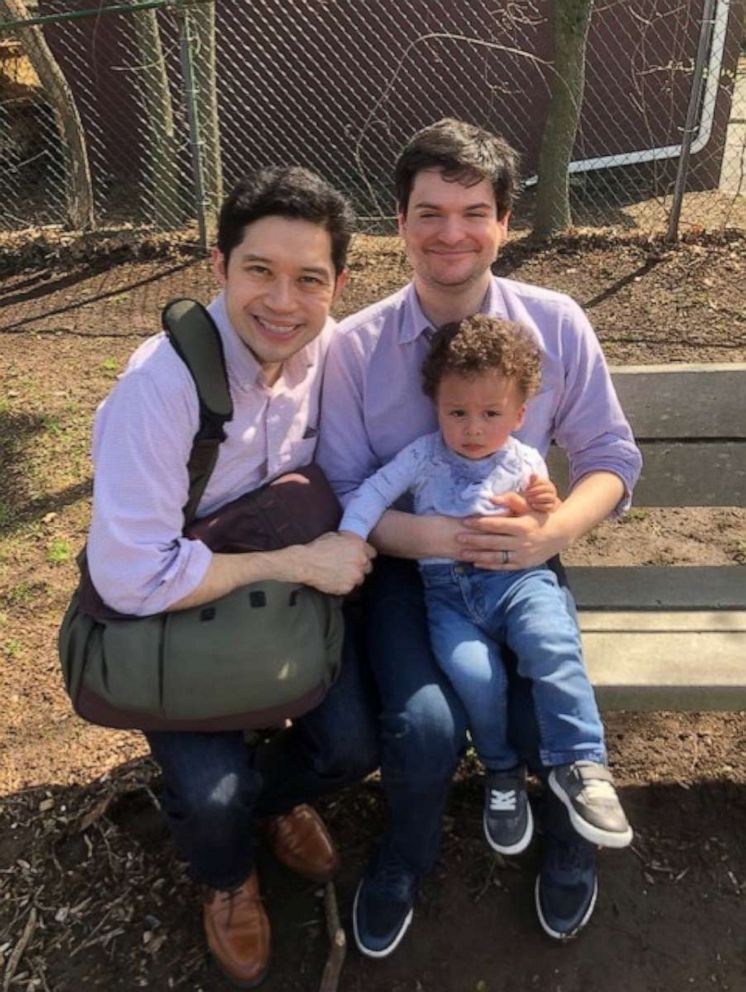
Shemtob also had mild symptoms that he suspects were from the virus. Two days after Lat first began feeling sick, Shemtob said he began feeling soreness in his muscles and that he lost his sense of taste and smell.
“Ultimately, it manifested itself like the flu,” he said, emphasizing that it’s far different.
“Unlike David, who became more and more serious … while I developed a cough, I did not have lung issues and I did not have shortness of breath. We went in two separate directions where David just got worse and worse and mine lasted about a week or so,” Shemtob said.
In retrospect, Lat feels fortunate he was able to get a ventilator.
“As there are issues about supply, you feel fortunate that you got one,” he said. “But you hope that everyone who is in a similar situation gets one. And we hope that we don’t get to a point where we just start rationing ventilators.”
Over 130,000 people have tested positive for COVID-19 in New York State, where Gov. Andrew Cuomo has repeatedly expressed the need for more ventilators to care for the influx of patients he expects will need them. On Monday, the governors of Washington, Oregon and California announced that they’d be donating ventilators to New York, among other recipients.
Lat says he still has some time before he’s fully recovered. Walking across the room makes him short of breath as he continues working to build his lung capacity. He also still feels weak and can’t stand in the shower for the full length of time — he’s put a stool in there to help.
Nevertheless, Lat said it’s “wonderful” to have his family back.
“It’s one of those things you just take for granted until you have something like this,” he said. “I know it’s cliche, but it’s true.”
ABC News' Byron Pitts, Niel Giardino, Emily Taguchi and Ignacio Torres contributed to this report.




